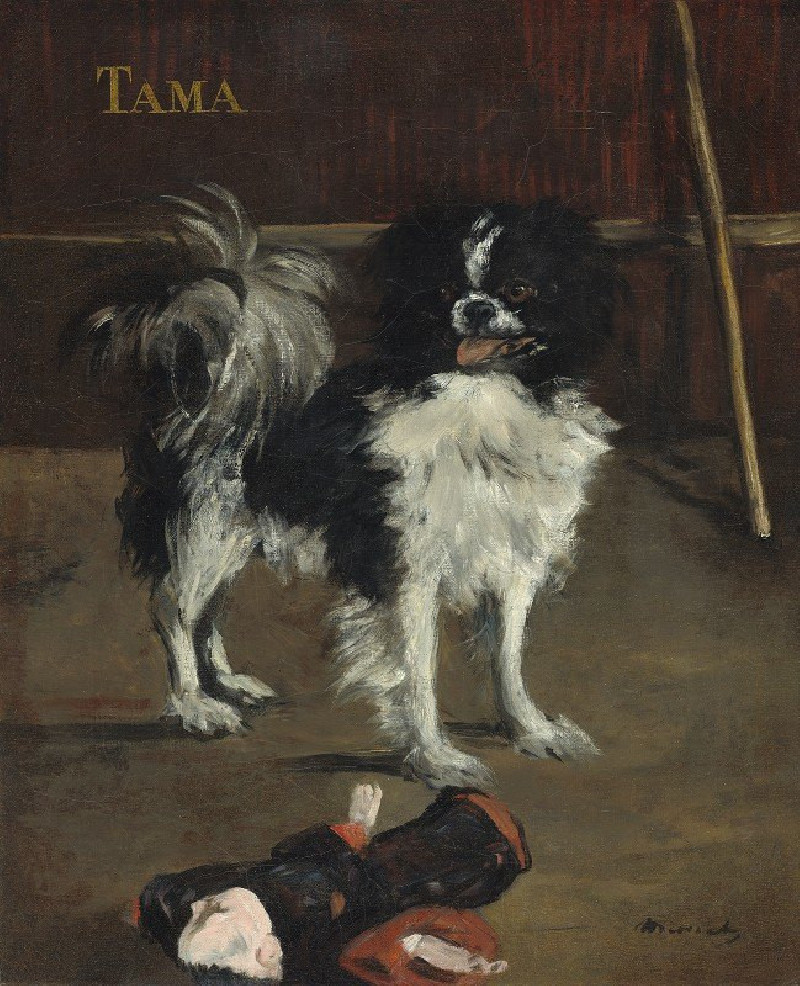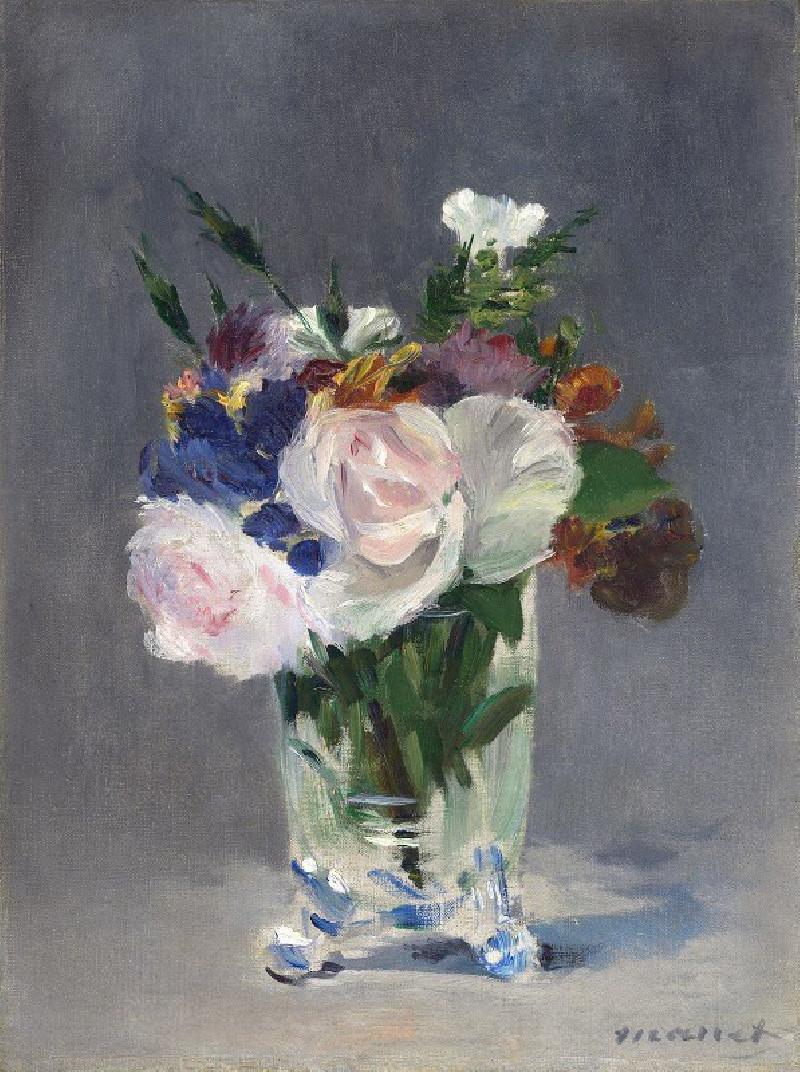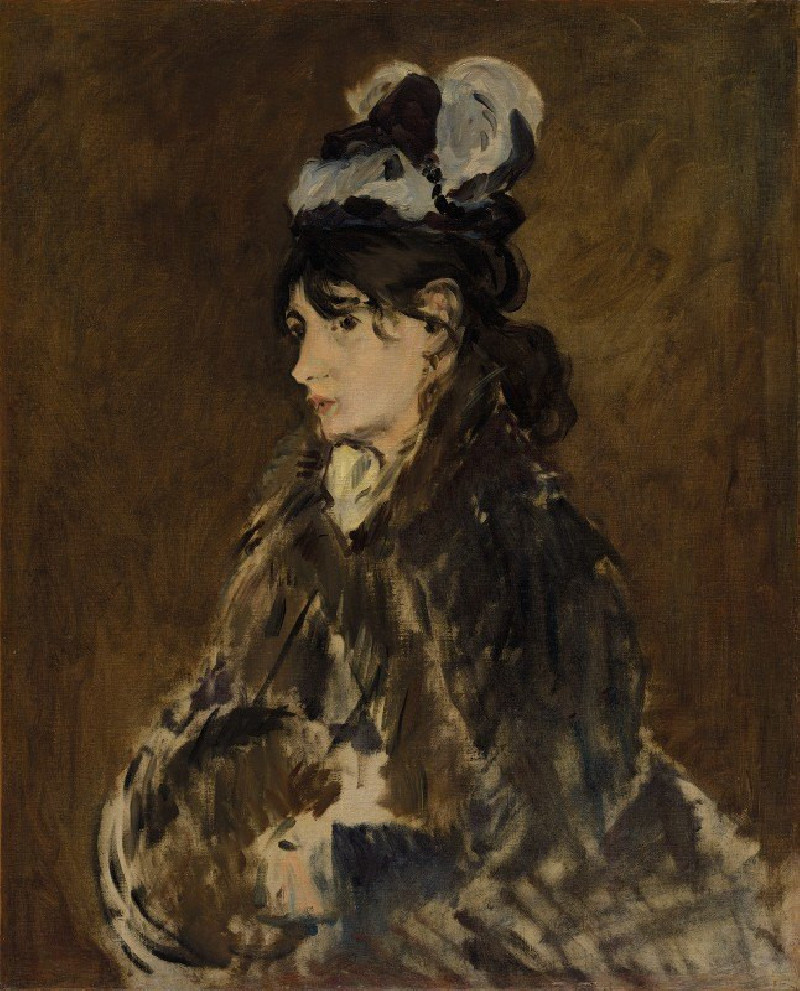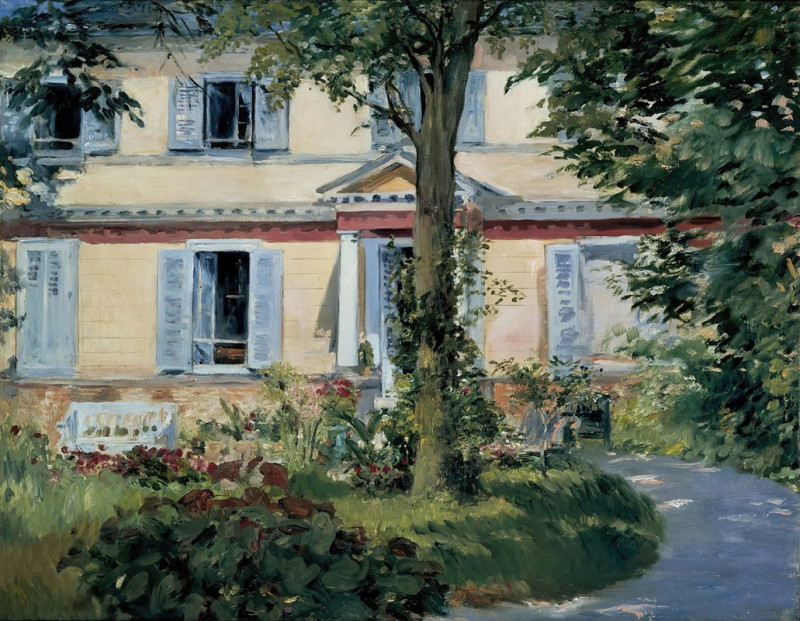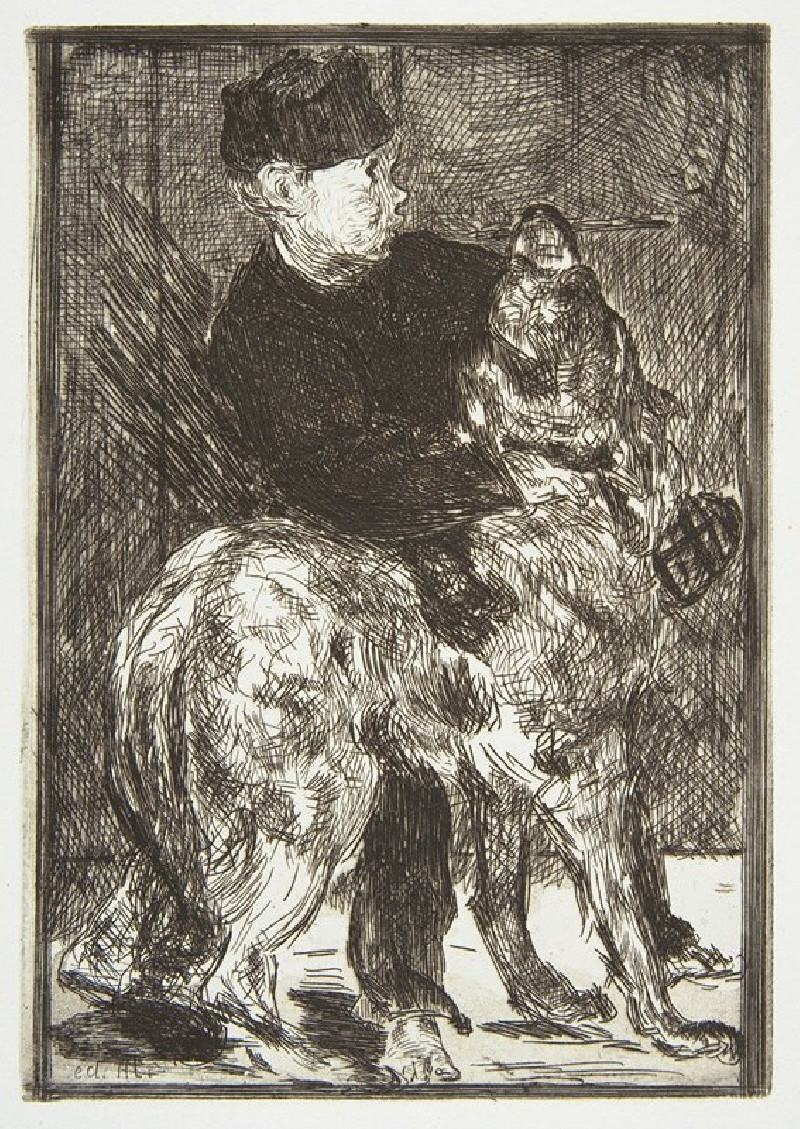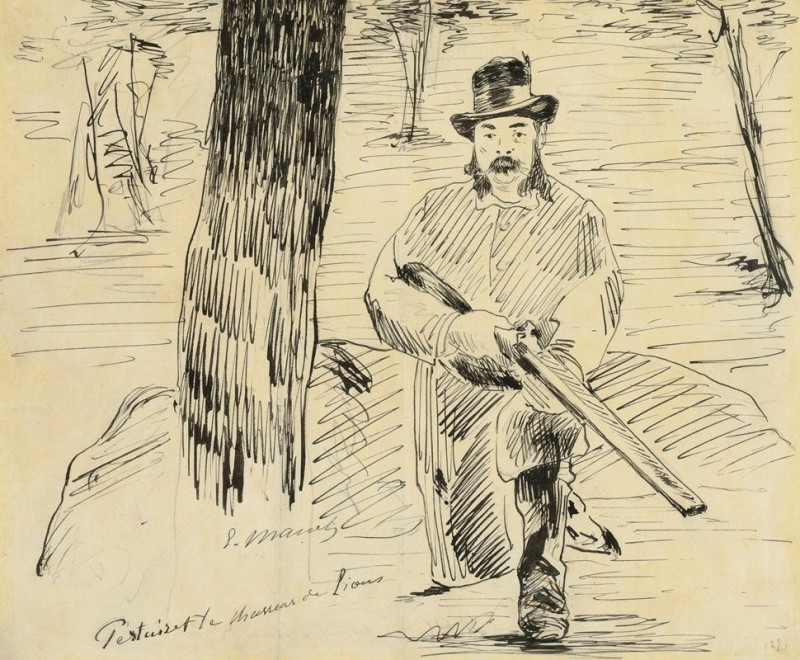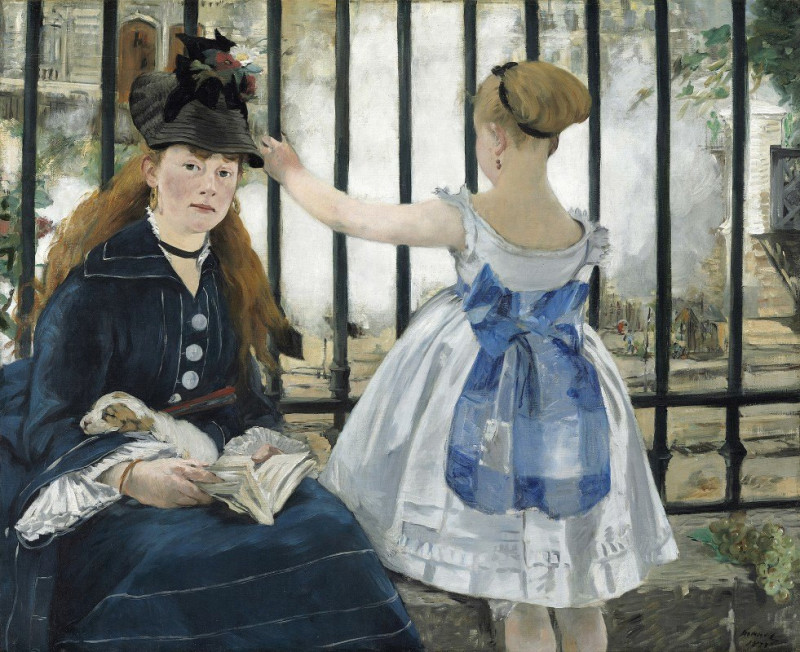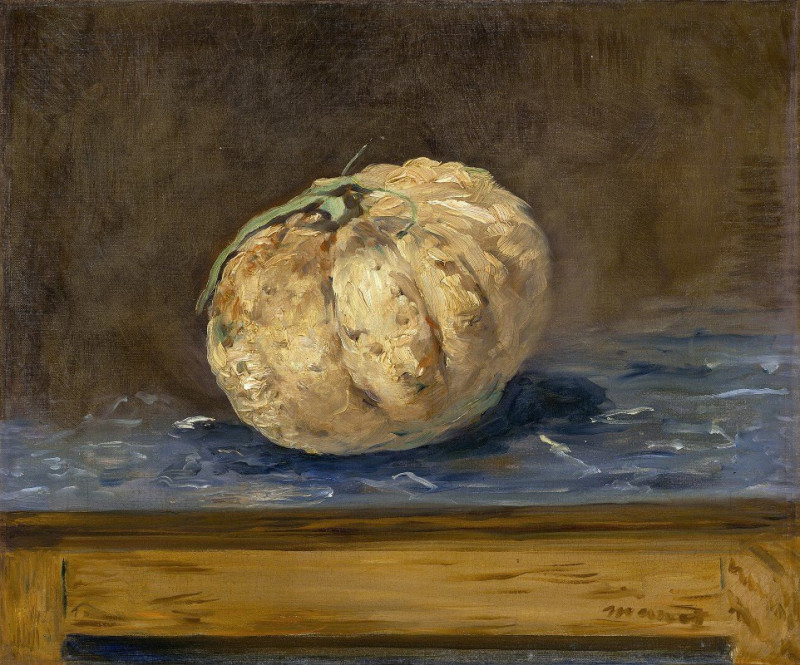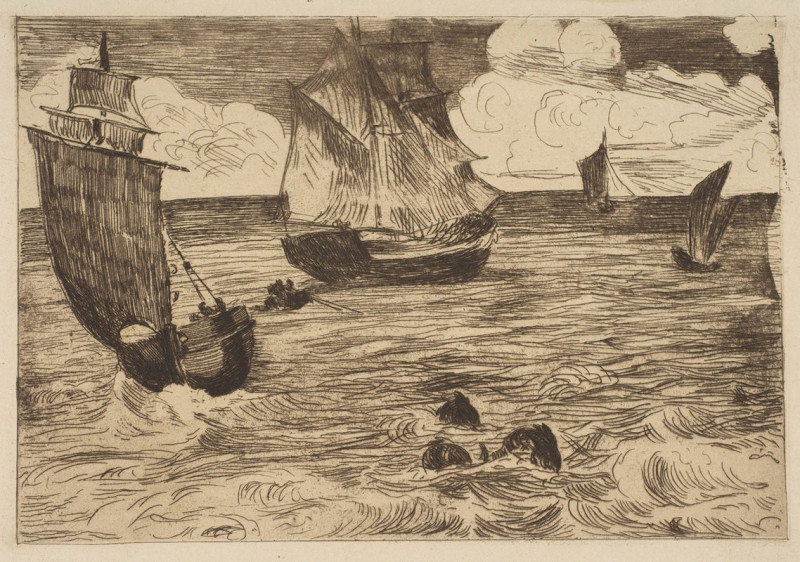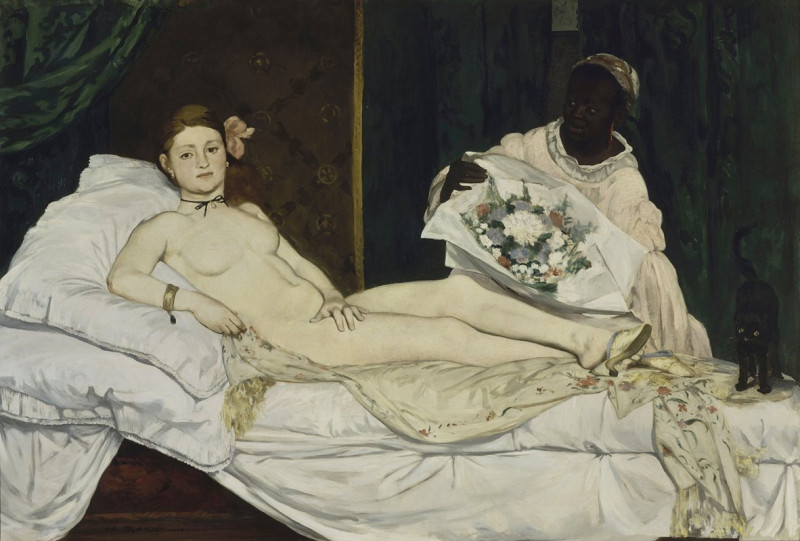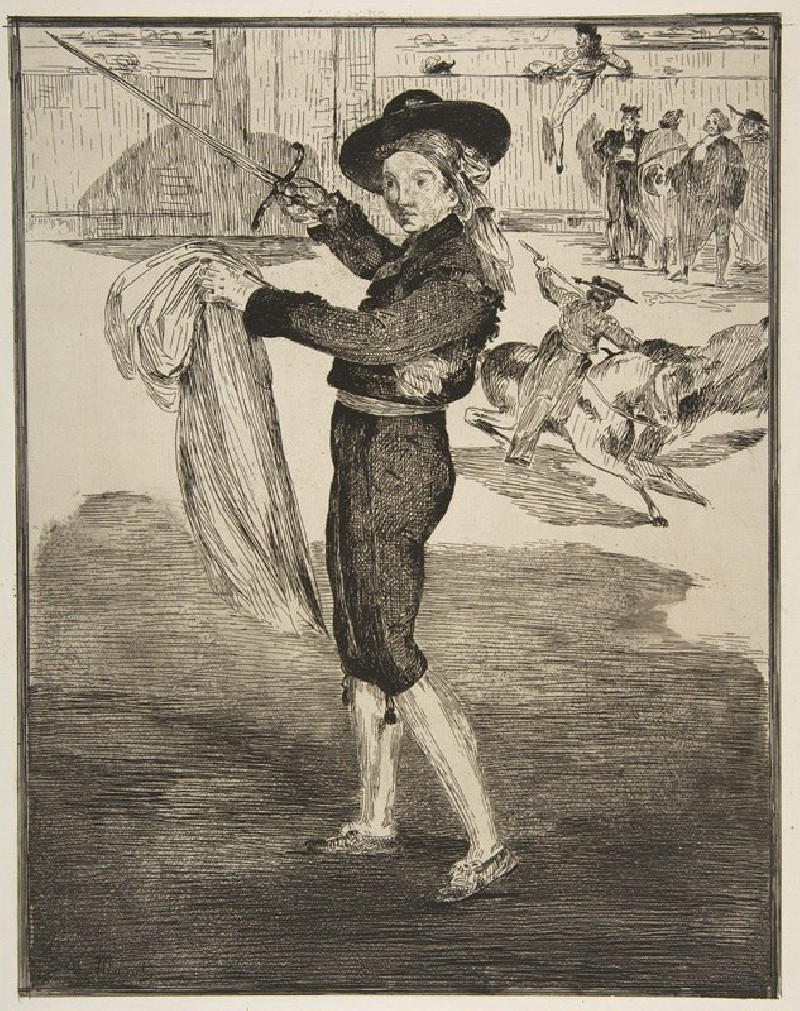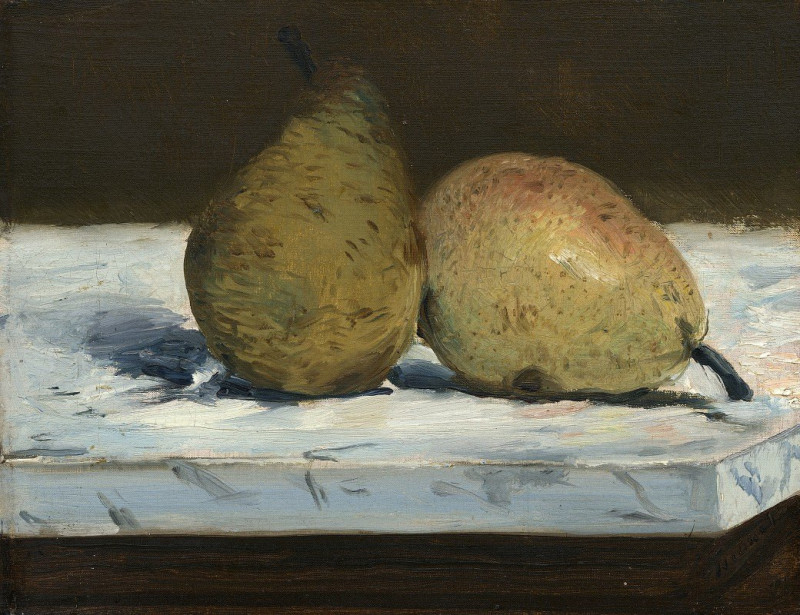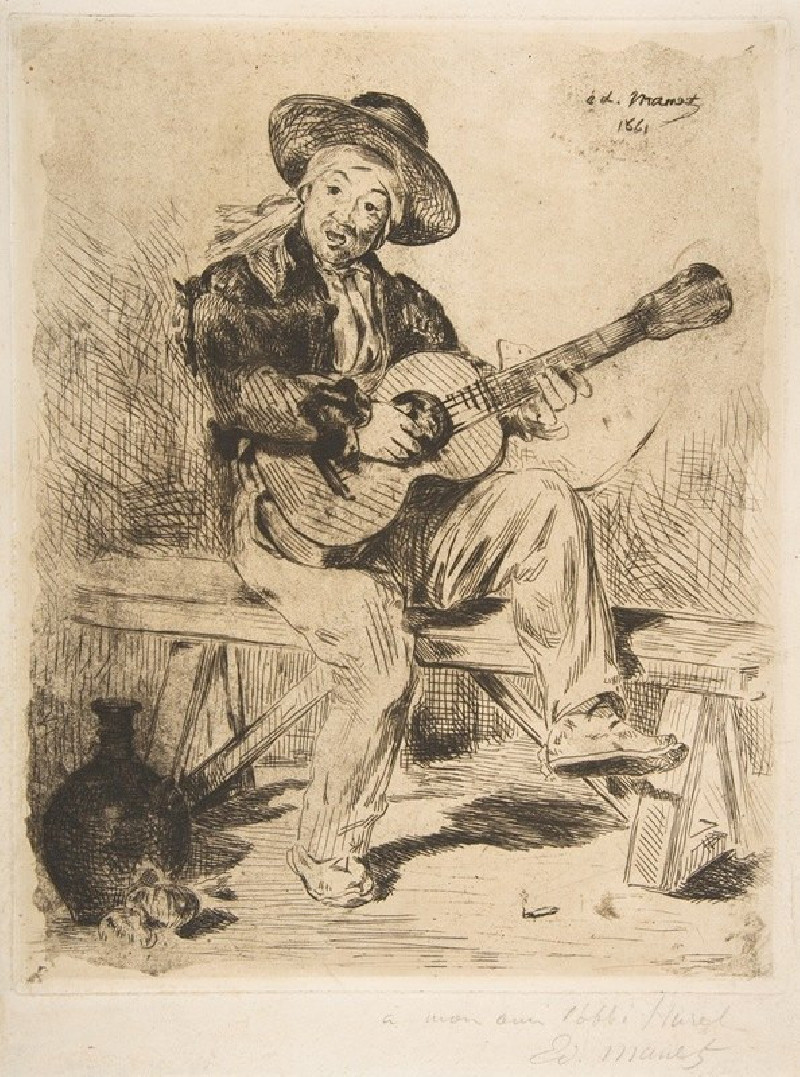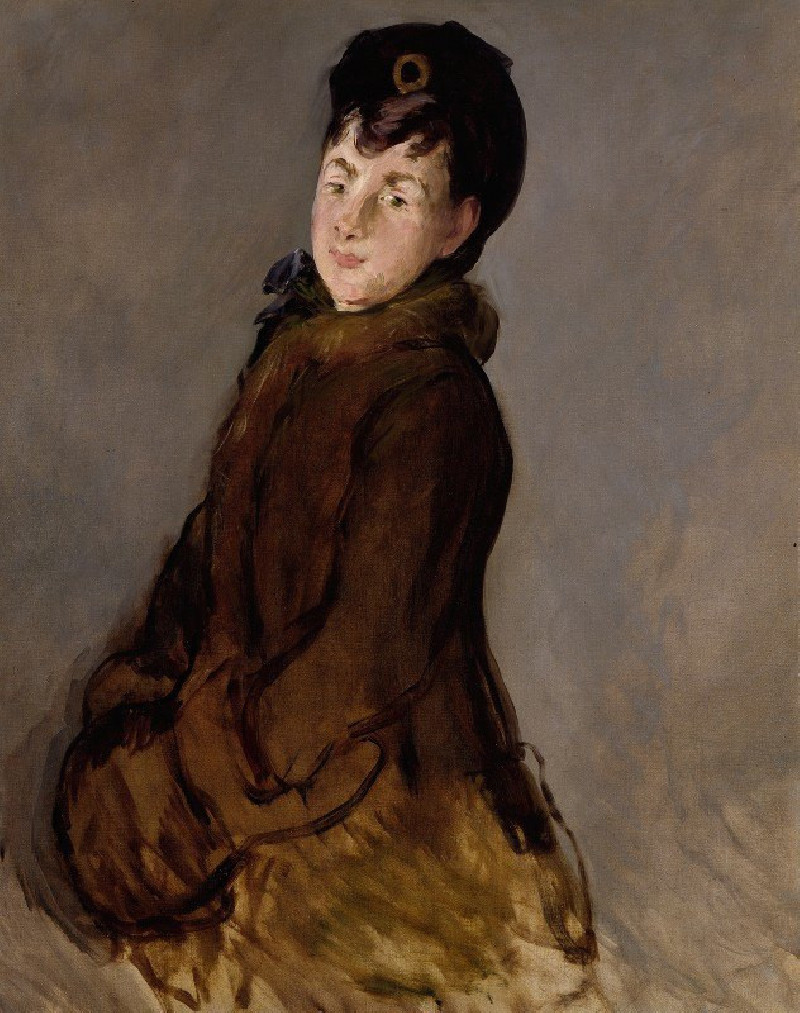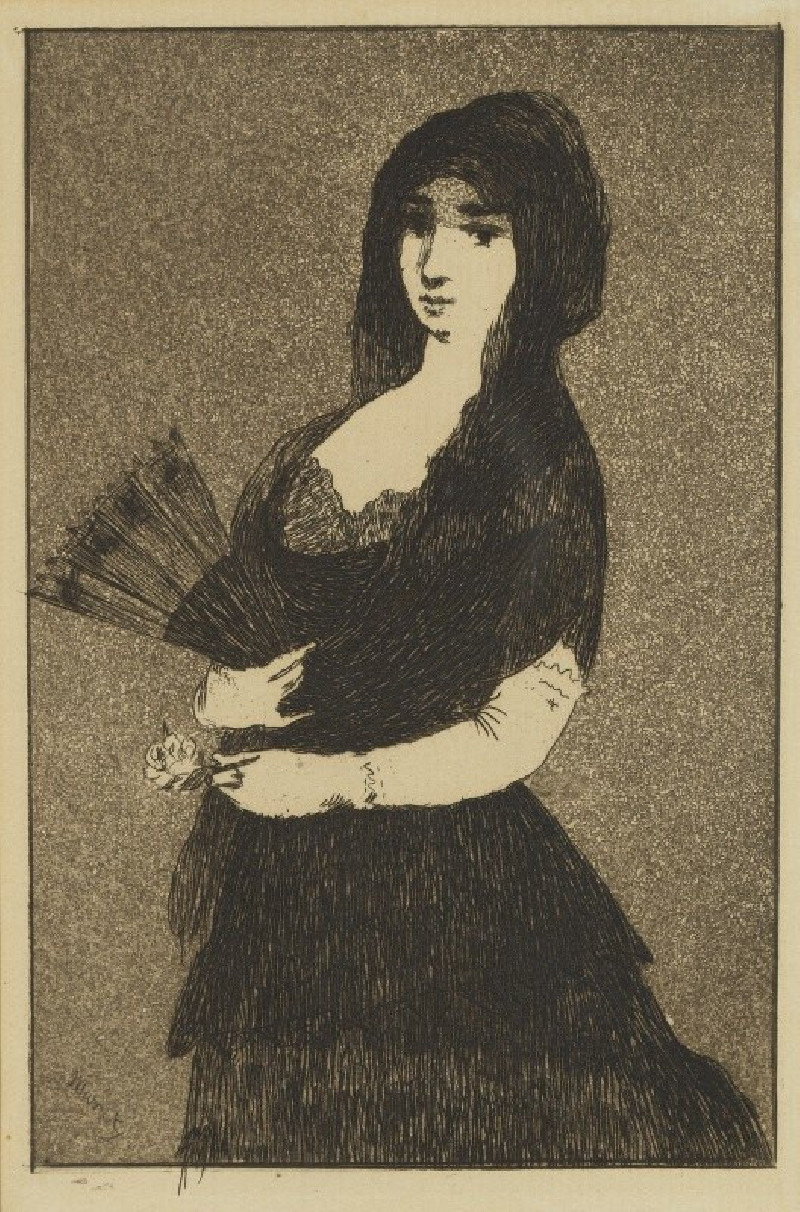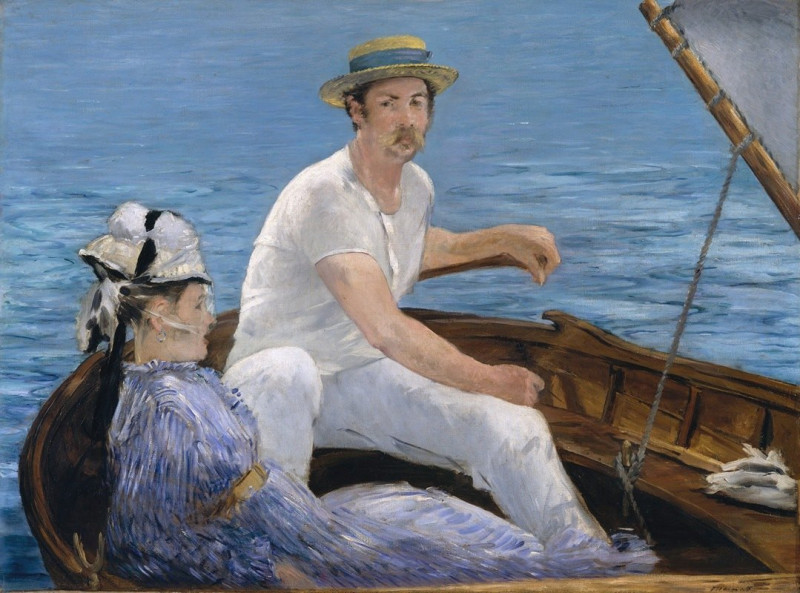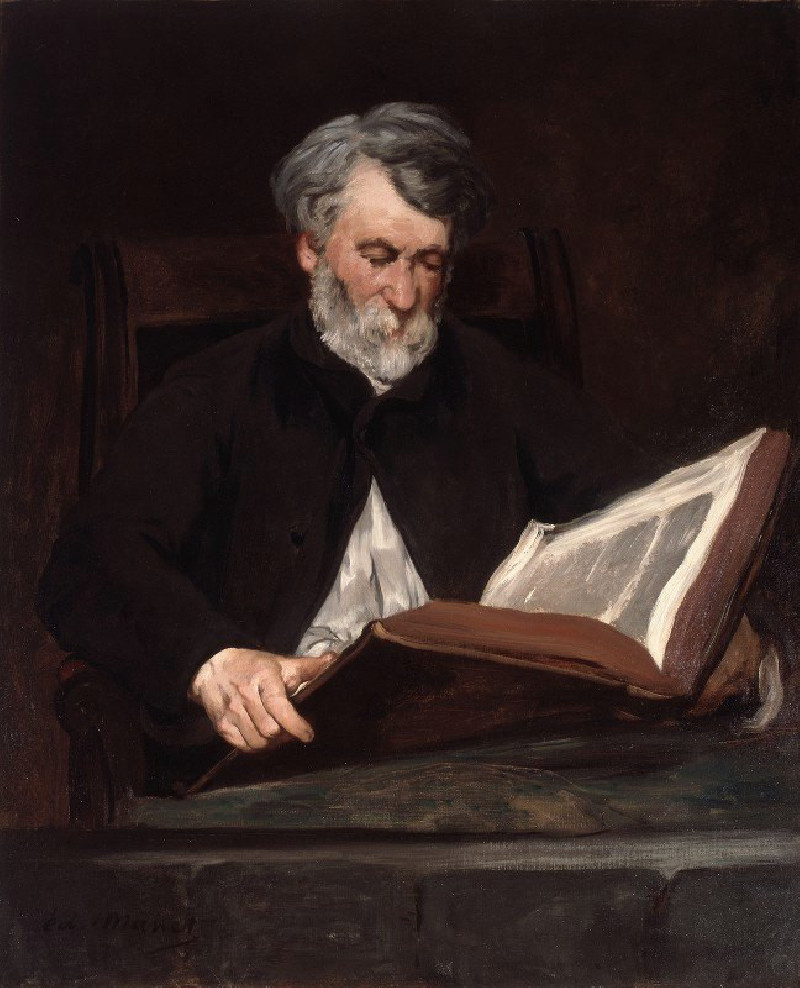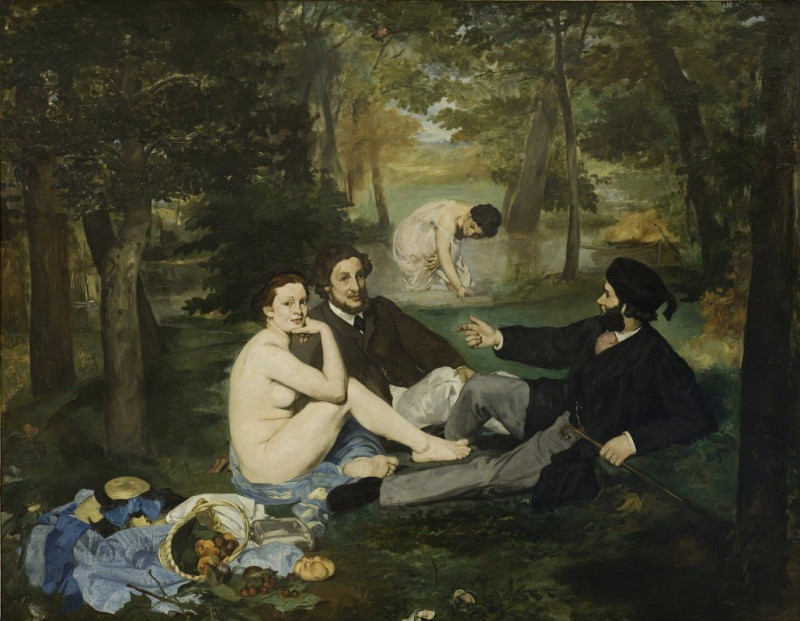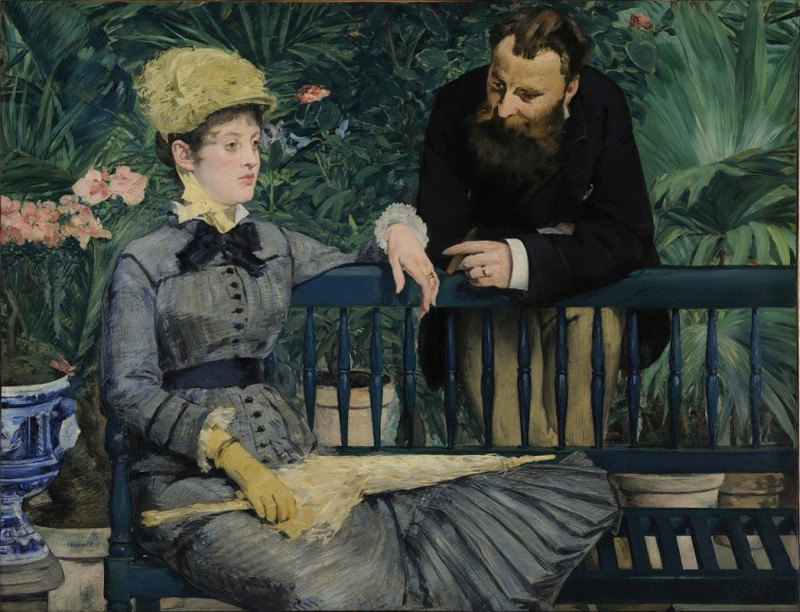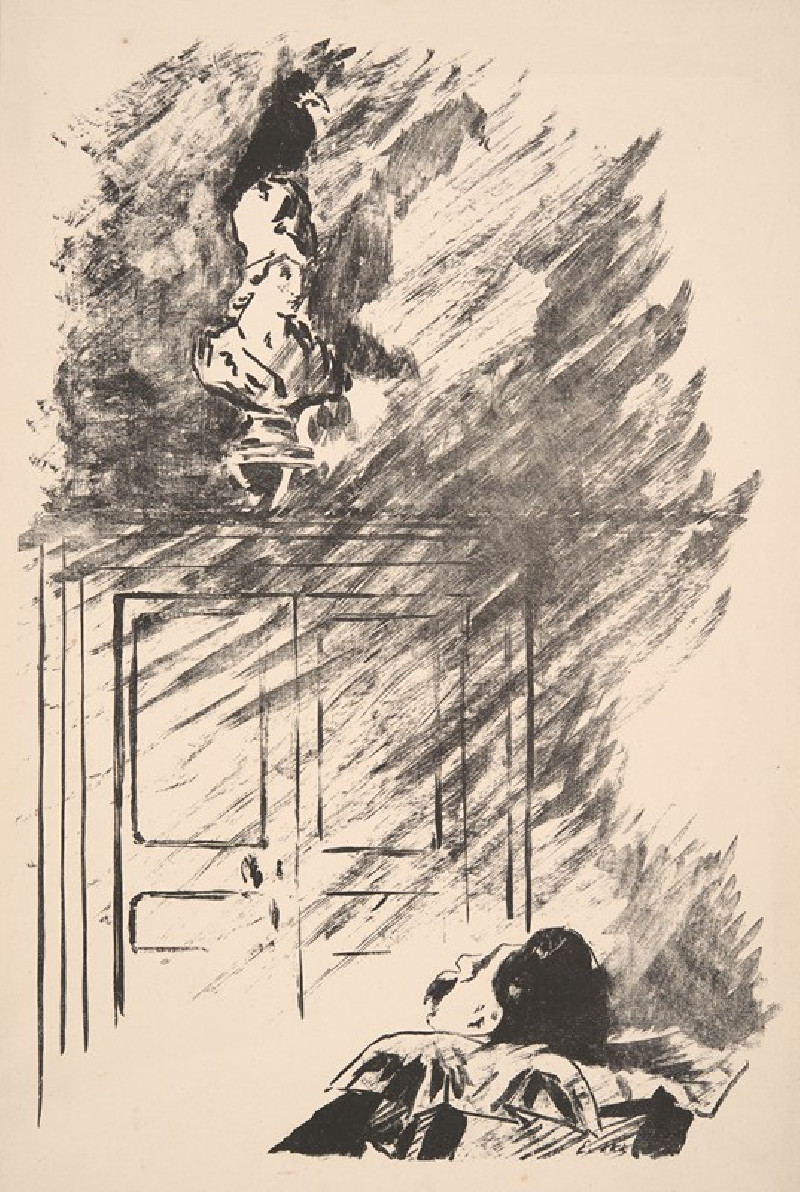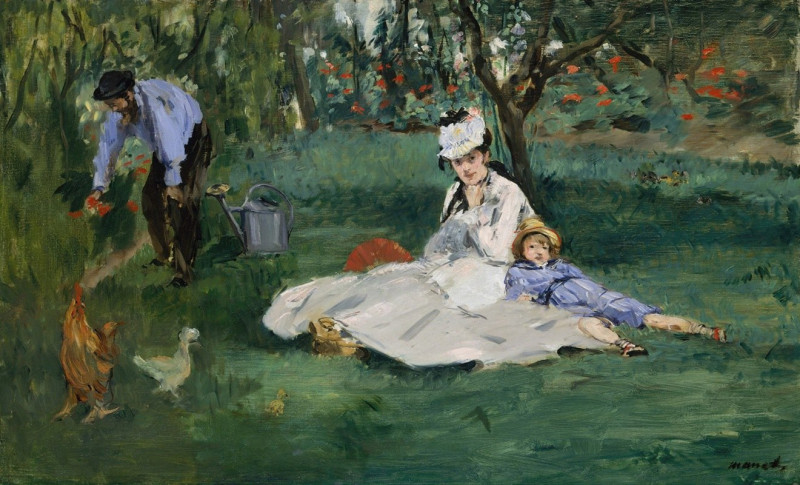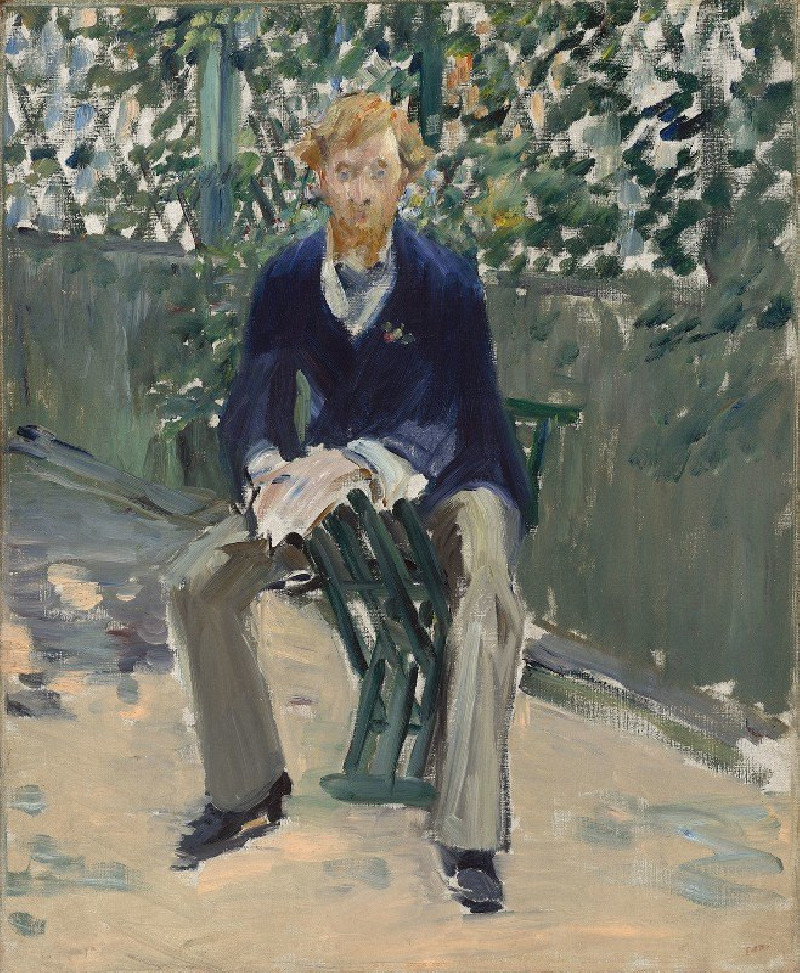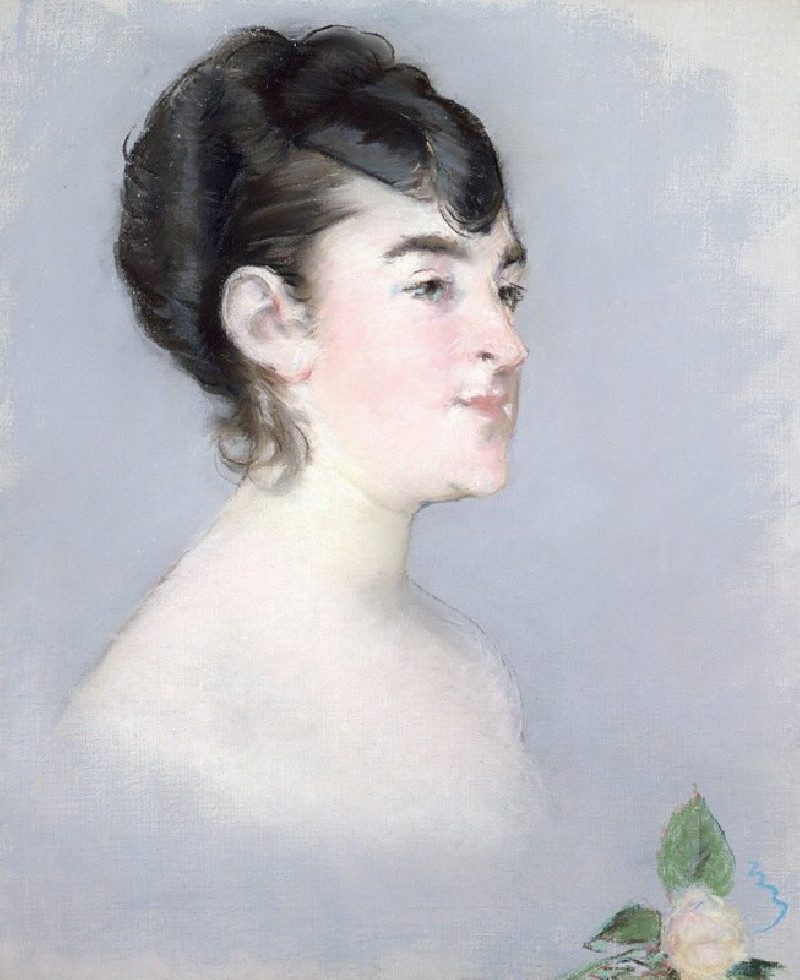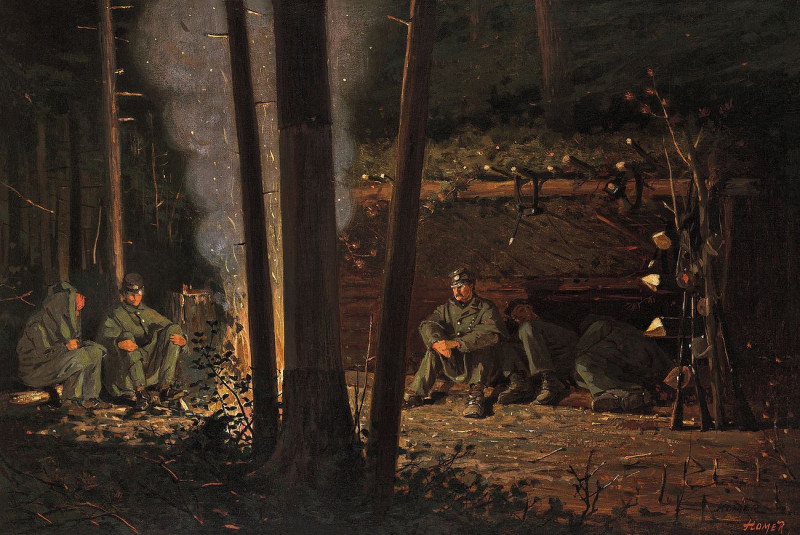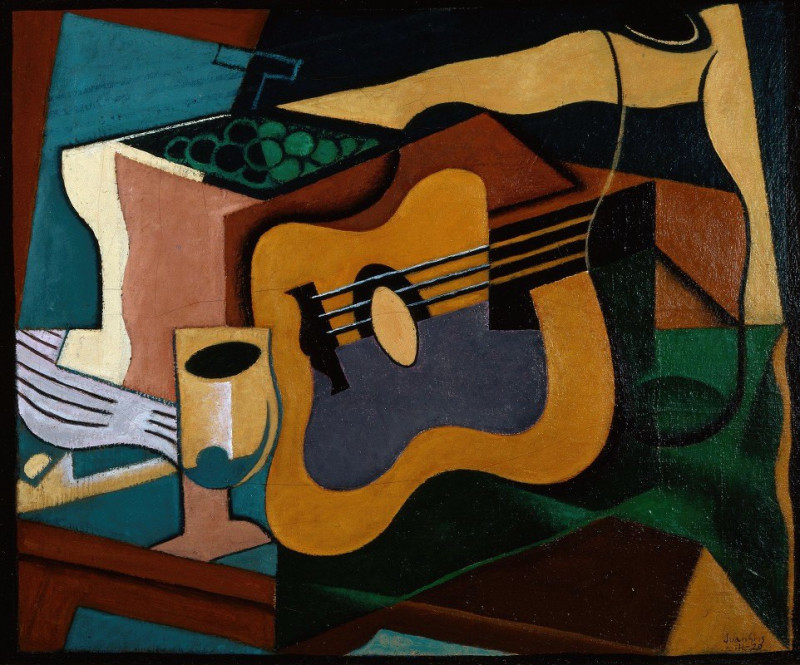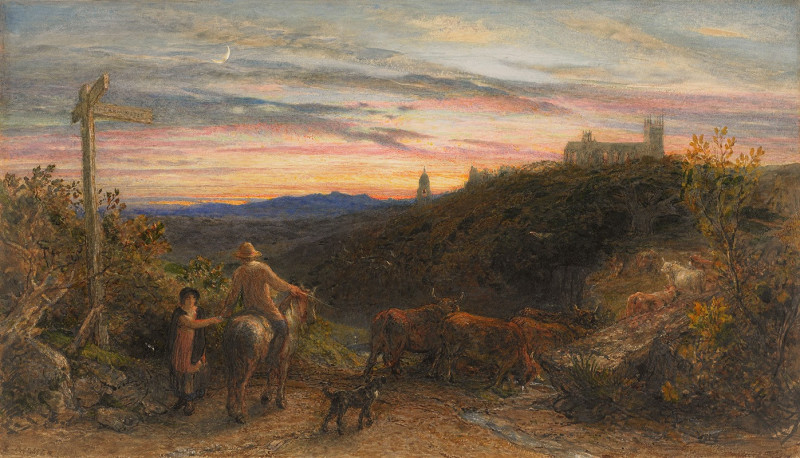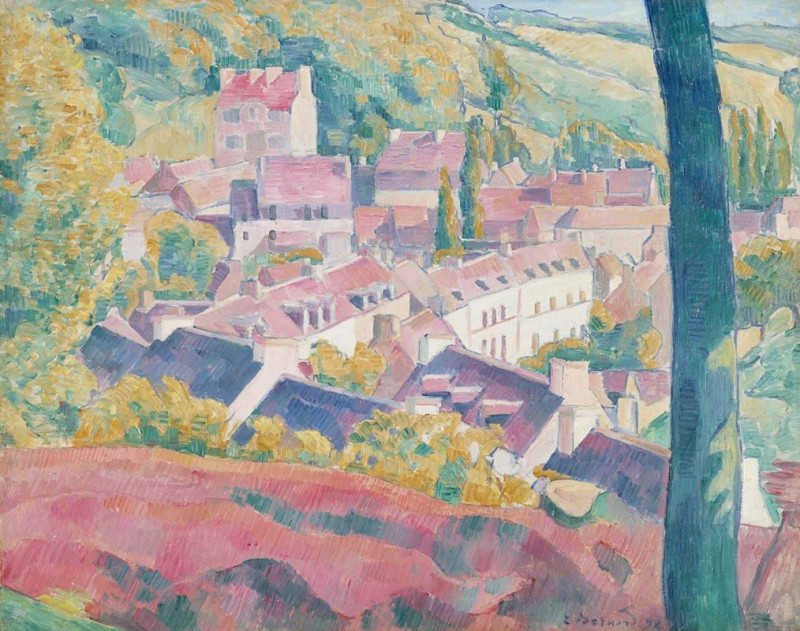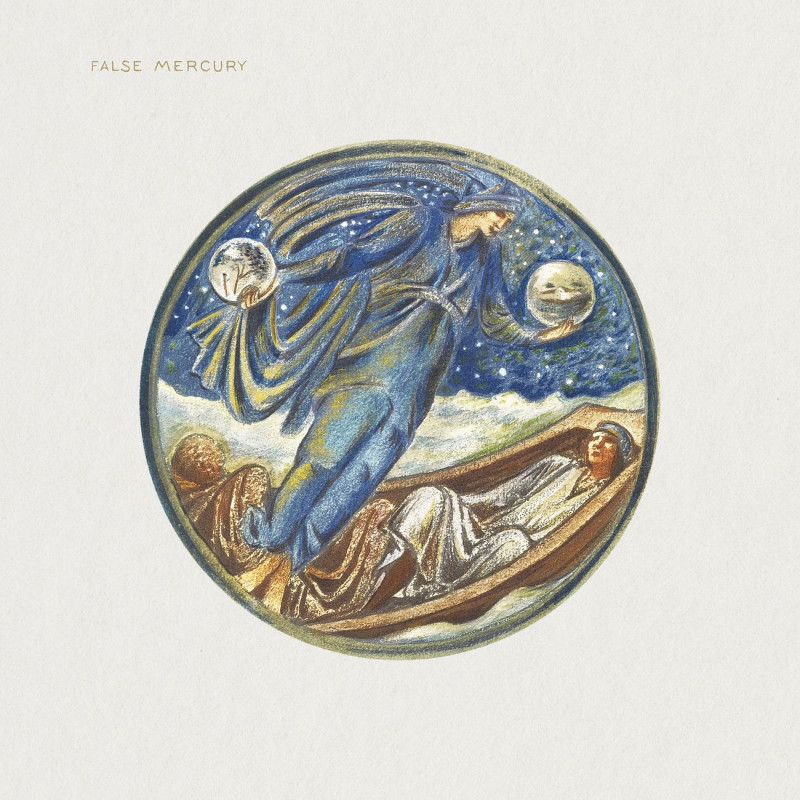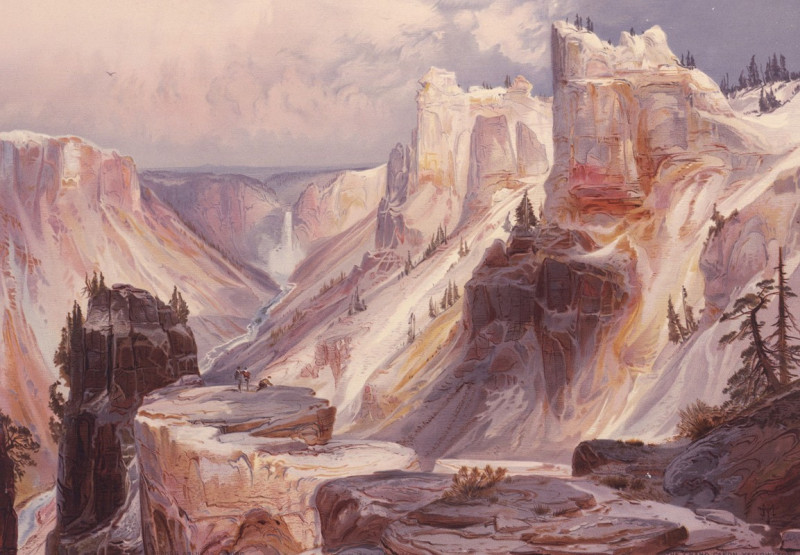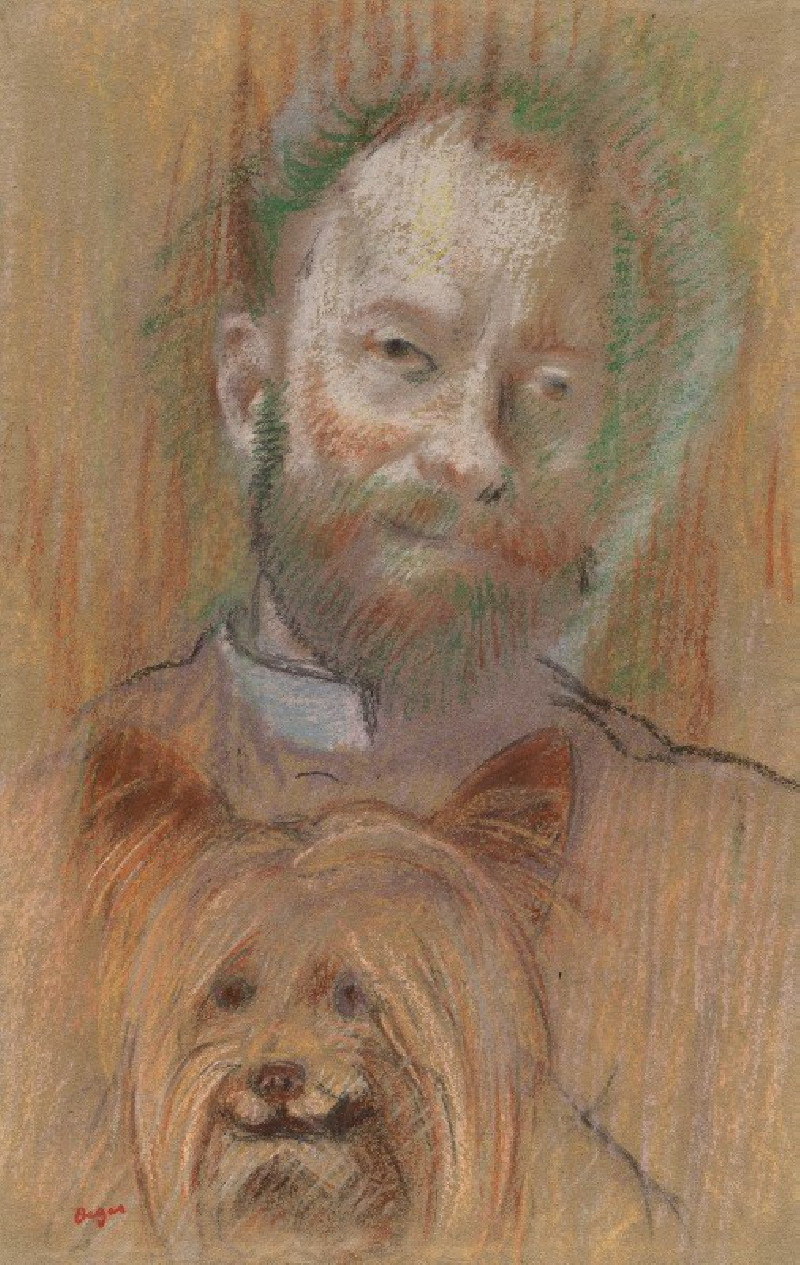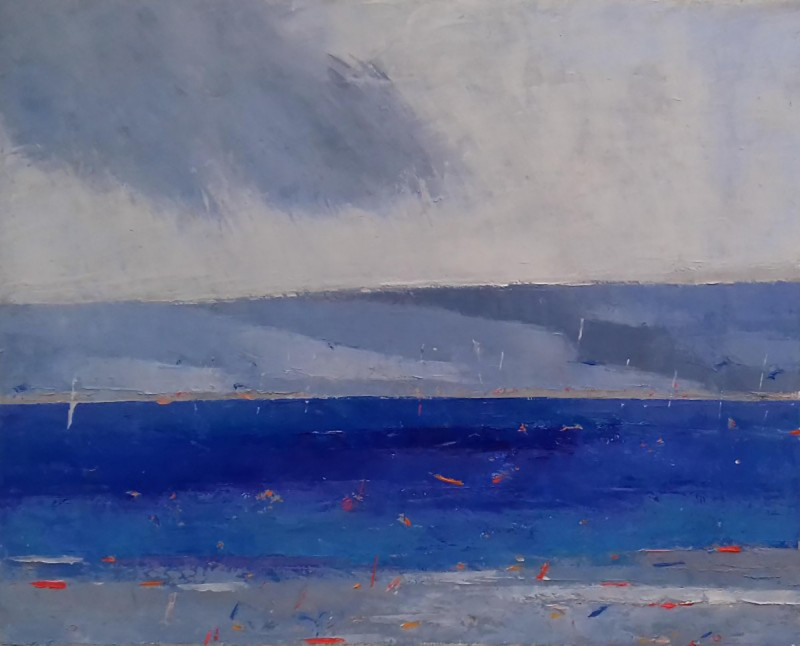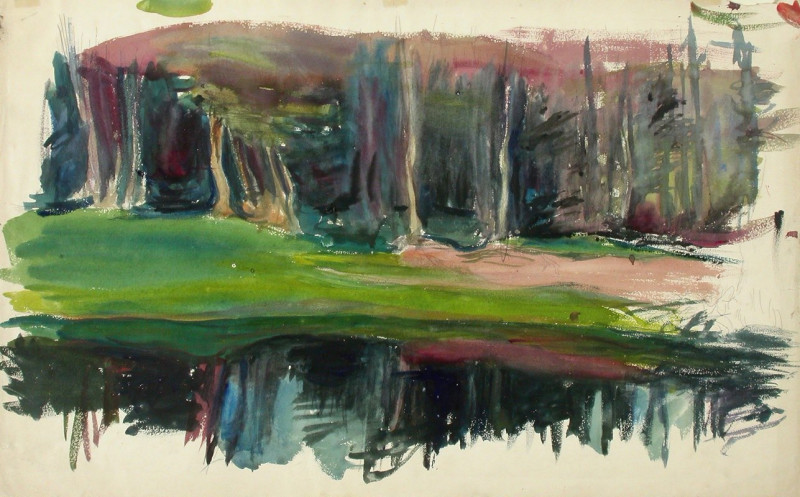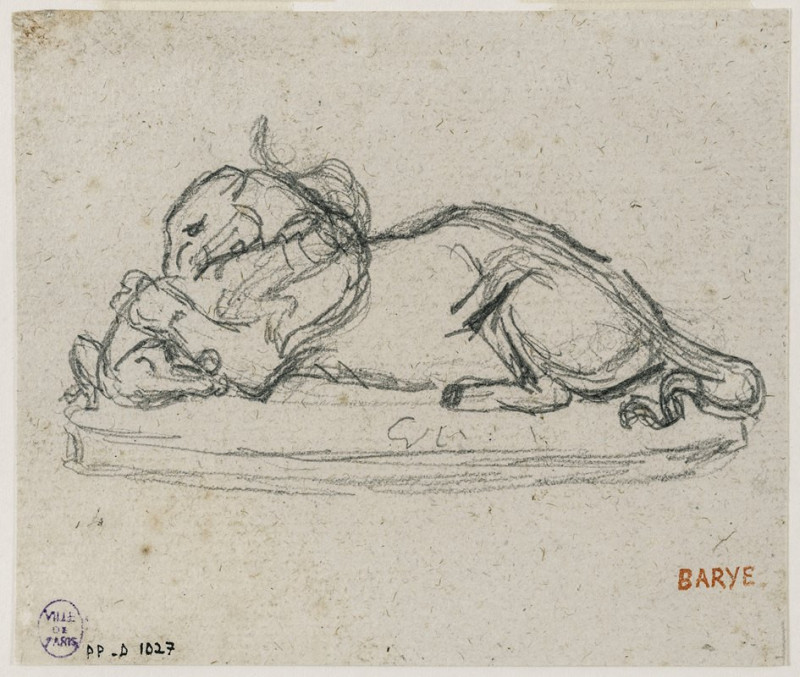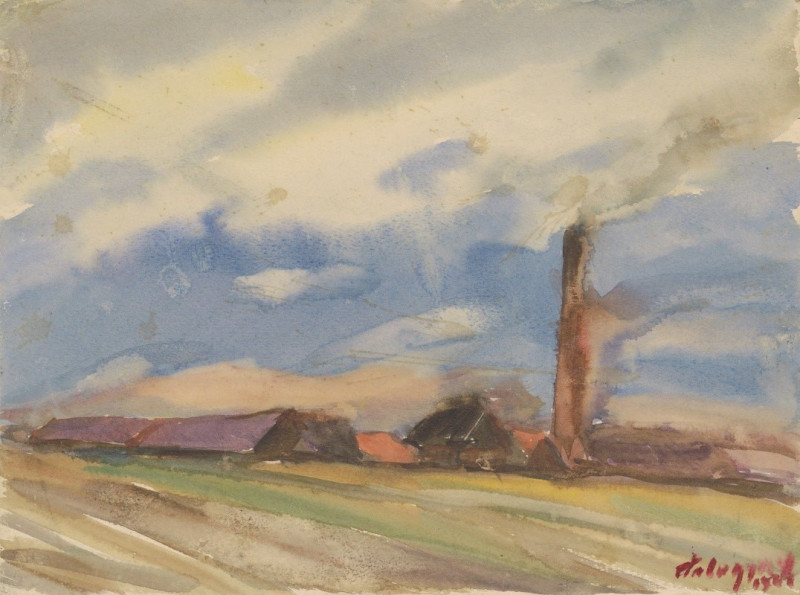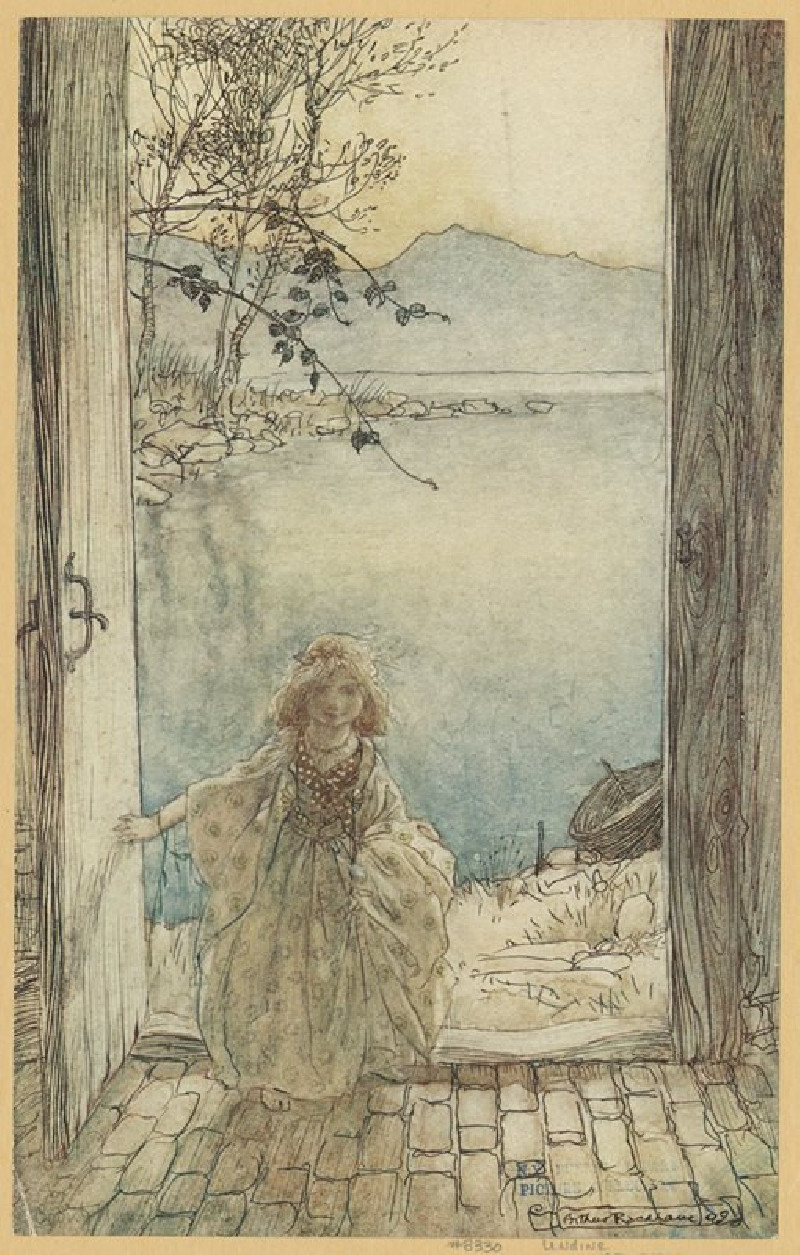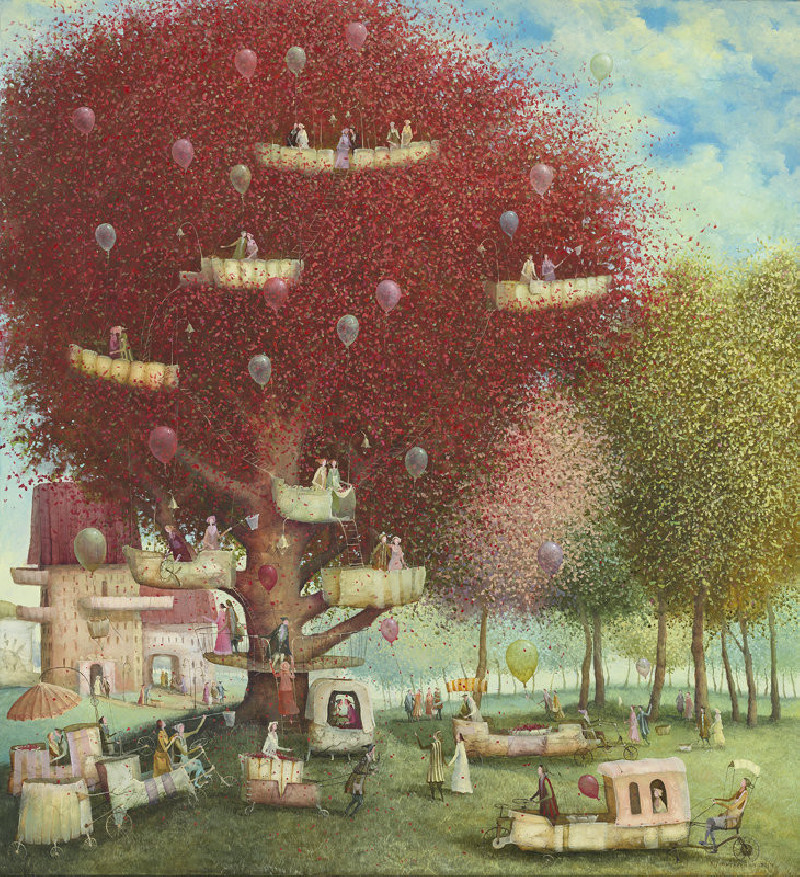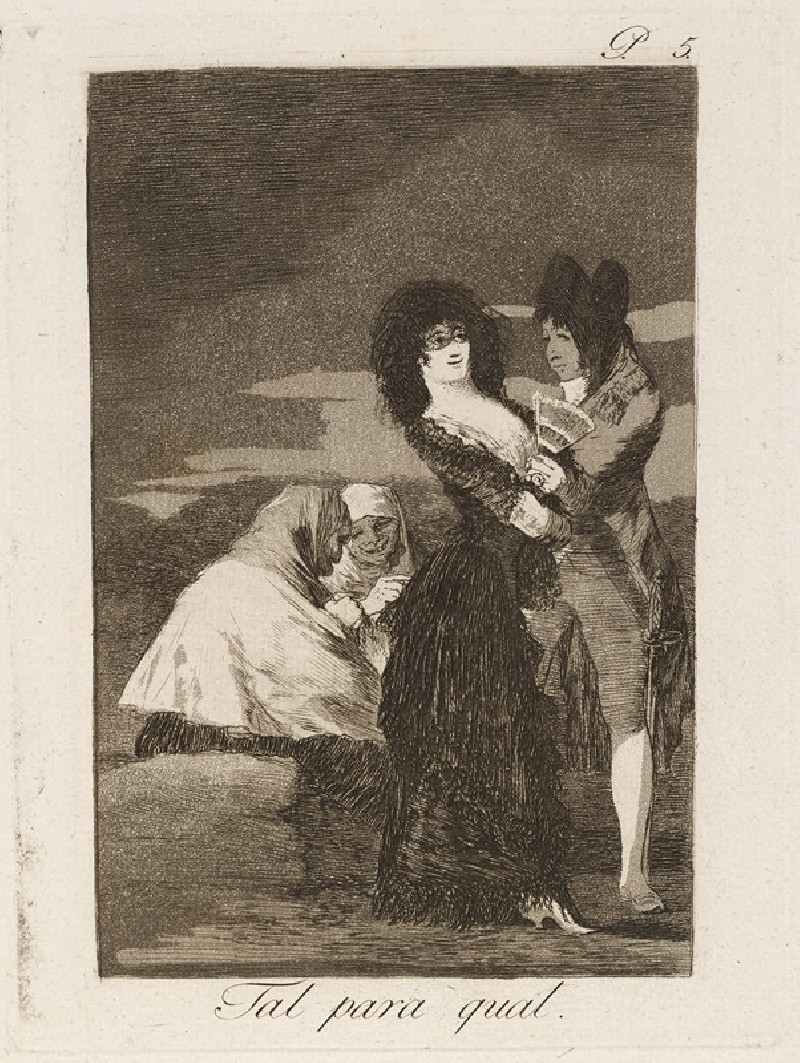Tama,the Japanese Dog (c. 1875)
Technique: Giclée quality print
Recommended by our customers
More about this artwork
In the captivating painting "Tama, the Japanese Dog," Édouard Manet masterfully captures the essence of a charming and spirited canine companion. This artwork, painted around 1875, introduces viewers to Tama, a Japanese breed, likely a Japanese Chin, known for their distinctive appearance and endearing personalities.The painting features Tama prominently, with its fluffy, black and white fur vividly brought to life through Manet's skilled brushstrokes. The dog's eyes are bright and expressive, suggesting a lively and attentive nature. Tama appears somewhat in motion, as if caught briefly pausing amidst play, which is hinted at by a small, red toy on the floor near the dog—a further symbol of its playful character.Setting the scene is a simple, dark background that contrasts sharply with the lighter shades of Tama's fur, highlighting the dog's figure and allowing it to stand out as the focal point of the composition. The title "Tama" is inscribed in golden letters at the top, adding a touch of elegance and personalization to the depiction.Manet's portrayal is not just a mere representation but evokes a sense of the companionship and joy pets bring into our lives.
Delivery
Returns
Édouard Manet (1832–1883) was a French modernist painter and one of the first 19th century artists to paint modern life. His impressionist style is characterized by relatively small and thin brushstrokes that create emphasis on light depiction. Manet was one of the key artists in the transition from realism to impressionism, along with Claude Monet, Edgar Degas, and Pierre-Auguste Renoir. However, he resisted involvement in any one specific style of painting, and only presented his work to the Salon of Paris instead of impressionist exhibitions. His early masterworks, The Luncheon on the Grass and Olympia, created great controversy and served as a rallying point for other young painters.

